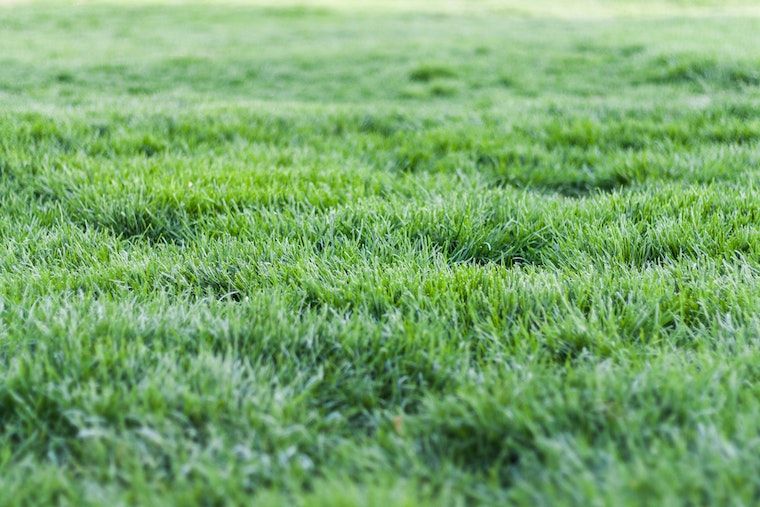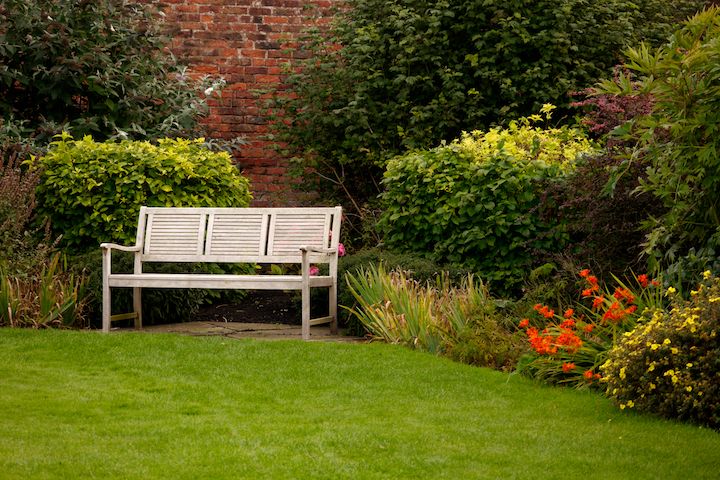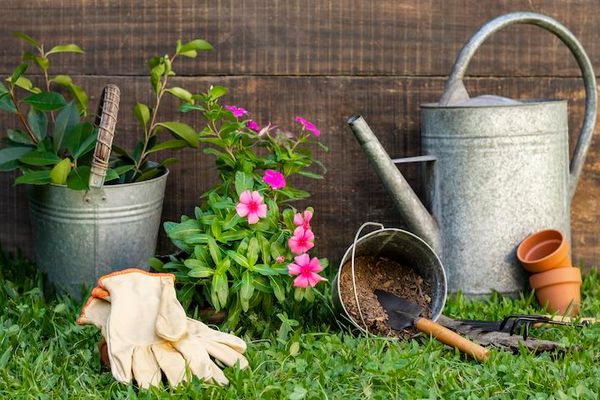Breathing new life into a garden that's seen better days can be a challenge, especially when time is of the essence. Like many, I've had my fair share of spots in the garden that needed urgent attention. But with the right approach and a dash of patience, I found a method that allowed me to rejuvenate these areas swiftly and effectively.
Tools:
- Wheelbarrow or Garden Cart
- Shovel
- Sprinkler
- Hose
- Rake (optional but recommended)
Materials:
- 5 lb Grass Seed (Quality matters but work with what you have)
- 2-3 Medium (20 lb) Bags of Top Soil
Step-by-Step Grass Revival:
- Preparation: Begin by pouring a bag of top soil into the wheelbarrow. Break up any clumps to ensure it's loose. This can easily be done by piercing the soil bag with the shovel and letting the content flow out.
- Seeding: For each bag of top soil, sprinkle a generous handful of grass seed into the wheelbarrow.
- Mixing: Integrate the seed with the soil using the shovel, ensuring an even mixture. Think of it like kneading dough where every bit is important.
- Application: With the shovel, distribute the soil-seed mix over the area you're looking to rehabilitate. The trick is to ensure a thin, even layer.
- Watering: The success of this method heavily relies on watering. Set up your sprinkler and hydrate the treated area thoroughly. If you're conscious of water consumption, timing this activity just before forecasted rainfall can be a natural and efficient alternative.
Results & Observations:
The outcome of this technique is often swift and impressive. With nutrient-rich soil intertwined with seeds, growth is more robust and widespread compared to traditional seeding methods. Timing, of course, plays a role – it's crucial to sow when conditions are optimal.

I've used this method across various parts of my garden, from large plots to minor patches. Recently, after removing old railroad ties, this technique transformed the area within days, producing a verdant patch that outshone the surrounding grass.
For those keen on a more enriched approach, raking the spot to aerate the soil, followed by a preliminary seeding and the above method, can yield even quicker results. I've experimented with traditional seeding on its own and found that this combined approach consistently delivers a lusher, denser growth.
In gardening, as in life, sometimes it's the simple techniques that produce the most profound results. Happy gardening!



